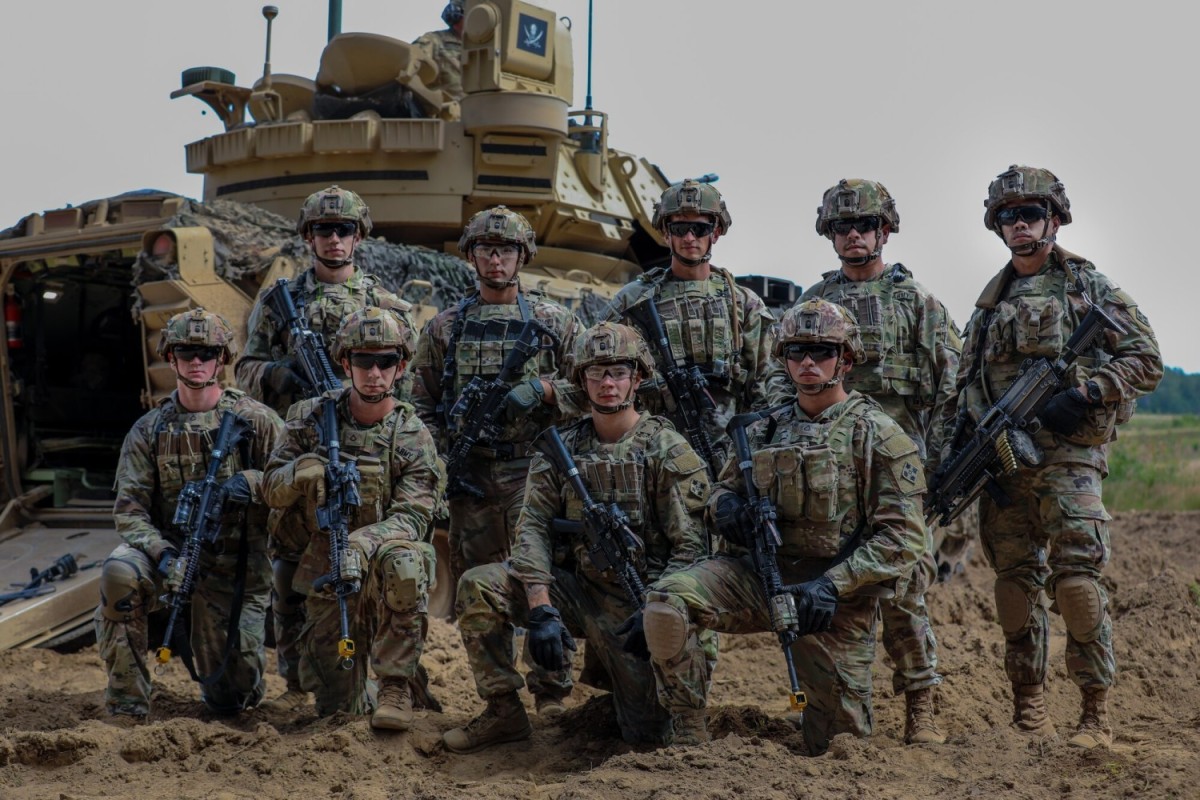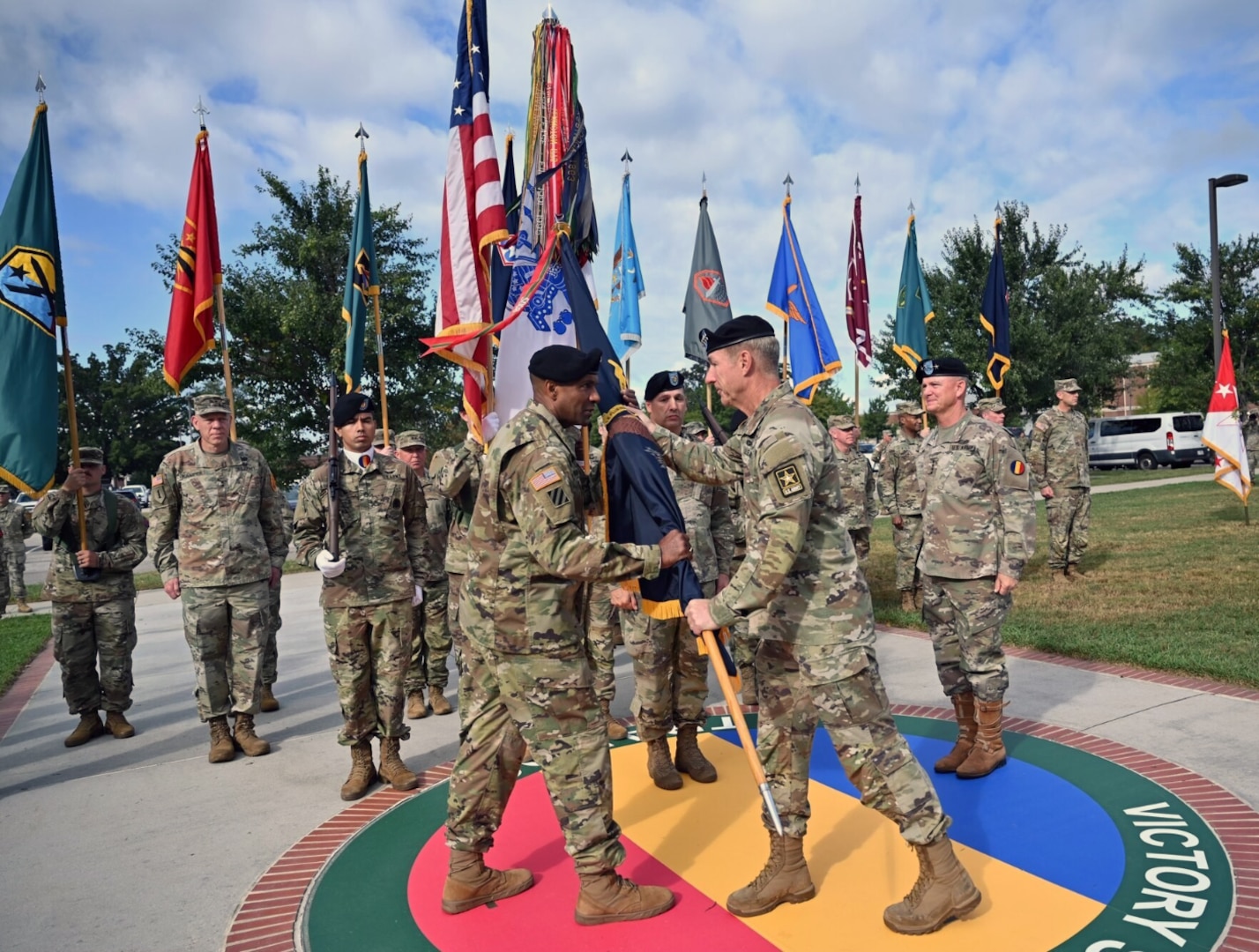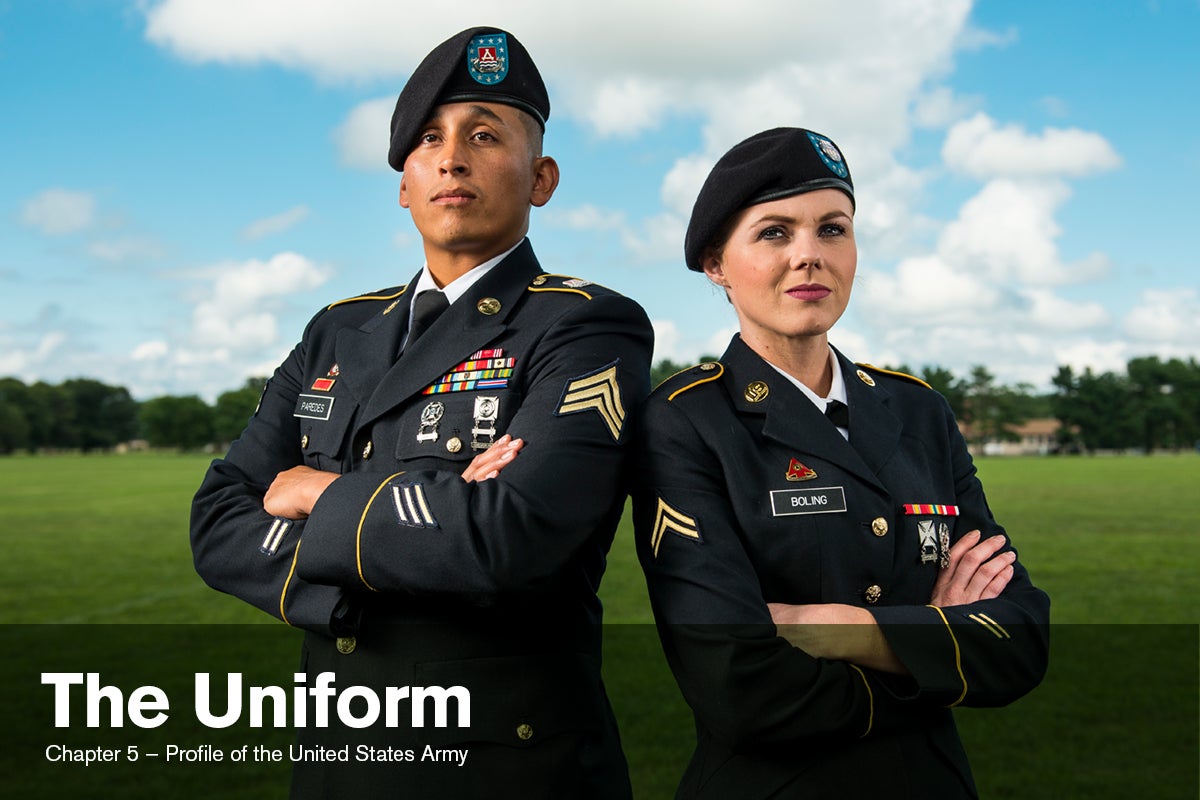AI-Generated Content
This article has been created using advanced AI technology to provide you with informative and engaging content.
AI-Curated Resources:
When we think about the American military, many images might come to mind, like the sight of soldiers, perhaps even a particular uniform. It's almost as if the very presence of our service members, whether in action or simply going about their day, tells a story. This story, you know, gets shared in many ways, from the latest happenings to pictures and even videos, all coming straight from the United States Army itself. It's about letting people know what our military is up to, what it stands for, and who makes it all happen.
The way the Army puts its message out there, honestly, helps shape how everyone sees it. When folks, maybe even those working for big news places like the New York Times, consider the American military, they're looking at a force that wants its friends and partners to recognize its skill and dedication. That reputation, that sense of being a really capable and disciplined group, is something every single person involved helps build, you know? It's a collective effort, truly, to show the world what they are all about.
So, when someone mentions an "army shirt" or thinks about the Army in the context of major news outlets, it often points to how the military presents itself to the wider world. It's not just about the clothes they wear, but what those clothes, that uniform, mean to people. It's about the bigger picture of public awareness and how the Army's actions and stories get told, which, you know, influences how we all understand their role and purpose. This connection between the uniform and public perception is actually quite interesting to think about.
Table of Contents
- What Does the Army Share with the World?
- How Does an Army Shirt NYT Article Get Noticed?
- Why Does Reputation Matter for an Army Shirt NYT Story?
- What Kind of Support Does the Army Offer Its People?
- How Do Ranks Shape the Army's Mission?
- Can an Army Shirt NYT Piece Show the Army's History?
- How Does the Army Keep Its Information Safe?
- Where Can You Find Official Army Information?
What Does the Army Share with the World?
The United States Army, you know, makes a point of sharing its story with everyone. They put out the latest happenings, show pictures of what they do, and even share videos. This information, honestly, covers a lot of ground. It's about giving people a peek into their daily lives, the big things they accomplish, and even how someone might find a place within their ranks. They really want to be open about their work and what it means to be part of the team.
This sharing isn't just for show, either. It's a way to keep the public informed and, in some respects, to invite people to learn more about a life of service. You can find all sorts of things, from updates on their work around the globe to details about different job paths available. It's pretty comprehensive, actually, aiming to be a central spot for anyone curious about the Army's operations or thinking about joining up. They provide links to places where you can dig deeper into all of this, which is helpful.
So, too it's almost like they are building a bridge between their world and ours. They offer details about what it means to have a military career, giving folks a sense of the opportunities that are there. This includes not just the big picture stuff, but also the more personal aspects of serving. It's a way for them to connect with people, to show them what life in the Army can be like, and to make it easier for individuals to explore if it's a path for them. They really try to make information accessible, you know.
How Does an Army Shirt NYT Article Get Noticed?
When the Army shares its stories, pictures, or videos, they are, in a way, creating the content that news organizations, like the New York Times, might pick up. An "army shirt" mentioned in a news piece could be a small detail, but it points to the larger visual identity of the Army. News outlets often look for compelling narratives and striking visuals to help tell a story, and the Army provides a steady stream of these. It's about how the Army's presence is perceived and reported.
For a news article to really get noticed, it often needs to connect with people on a deeper level. If an "army shirt" appears in a story, it might represent a soldier's personal journey, a moment of courage, or even just the everyday routine of military life. These human elements are what make a story resonate with readers, you know? It's not just about facts and figures, but about the experiences of the people involved. The Army's public information efforts often aim to highlight these very human aspects.
So, too, the way the Army presents its information can influence how a major publication like the New York Times frames its stories. If the Army shows itself as a group that is dedicated and effective, that message can certainly come through in news reports. It's about managing that public face, making sure that when someone sees an "army shirt" or reads about the Army, they get a clear and positive impression. This kind of careful communication is, in fact, a big part of how their image is shaped.
Why Does Reputation Matter for an Army Shirt NYT Story?
The reputation of the American Army is, you know, a big deal. When our service members step into any situation, especially when they represent the nation on a global stage, there's a clear expectation. They want their colleagues and the wider world to know that the very best, the most organized and skilled land force on the planet, has arrived. This belief in their abilities and their strict adherence to good practices is something they work very hard to maintain.
Every single person who serves, from the newest recruit to the most experienced leader, plays a part in building and keeping this good name. It's not just about individual actions; it's about the collective spirit and the shared commitment to doing things the right way. This sense of shared purpose, you know, really strengthens their standing. It means that when someone hears about the Army, or perhaps sees an "army shirt" in a news report, they associate it with qualities like discipline and excellence.
So, too, a strong reputation means that when the Army is featured in a publication like the New York Times, the story carries more weight. People tend to trust what they hear about an organization that has a solid track record. This trust is built over time, through consistent performance and a clear demonstration of their values. It's actually a vital part of their overall effectiveness, allowing them to carry out their duties with greater confidence and public backing. A good name really does make a difference.
What Kind of Support Does the Army Offer Its People?
The United States Army has a dedicated place, a sort of central hub, that provides help and information specifically for its personnel. This platform is, in a way, designed to make sure that everyone serving has access to what they need, whether it's about their career, their benefits, or just general updates. It's a resource meant to support the people who make up the Army, helping them manage their professional lives.
Beyond general support, there's also a specific program called ArmyIgnited. This program, you know, is all about giving service members chances to learn new things and to further their education. It offers various ways for them to study, to get new skills, and to grow personally and professionally. It's a pretty big deal because it shows a commitment to the long-term development of their people, helping them prepare for whatever comes next, both in and out of uniform.
So, too, if an "army shirt" is worn by someone taking advantage of these educational opportunities, it really highlights the Army's investment in its people. These platforms and programs are there to make sure that soldiers have the tools and support to succeed, not just in their military roles but in their lives overall. It's about providing pathways for growth and making sure that their members feel valued and supported in their personal and professional pursuits, which is actually quite important.
How Do Ranks Shape the Army's Mission?
Within the Army, there's a clear system of ranks, and this system, you know, helps organize everyone. These ranks show how much experience a soldier has, what they are responsible for, and how much authority they hold. It's a way to make sure that everyone knows their place in the structure and what is expected of them. This clear setup helps things run smoothly, allowing for effective teamwork and decision-making.
Learning about these ranks and what they mean is, in a way, a key part of understanding how the entire Army operates. Each rank has specific duties and expectations, and knowing these helps every soldier understand how their role fits into the bigger picture. It's about recognizing the chain of command and how different levels of leadership contribute to achieving the Army's overall goals. This structure is pretty essential for keeping things organized and moving forward.
So, too, the ranks really do affect the Army's whole mission. They create a framework for leadership, making sure that there's always someone in charge and that tasks are carried out efficiently. This system helps coordinate large groups of people and complex operations, ensuring that everyone is working towards the same objectives. It's actually a very practical way to manage a large organization and to make sure that the Army can carry out its duties effectively, which is, you know, very important.
Can an Army Shirt NYT Piece Show the Army's History?
The Army, you know, takes time to celebrate its long and interesting past, often through events like the Army Birthday Parade. This kind of event is a chance to look back at where they've come from and to honor the traditions that have shaped them. It's a public display that helps people connect with the Army's story, seeing how it has changed and grown over the years. It's a way to keep their heritage alive and visible.
These celebrations often feature things like Army equipment, both old and new, and even flyovers that show off their air power. What's really striking, though, is seeing thousands of soldiers, perhaps 6,600 of them, dressed in uniforms from different periods of history, as well as their current attire. If an "army shirt" from a past era appeared in a New York Times photo, it would instantly tell a story about time and tradition. It's a powerful visual that speaks volumes about their journey.
So, too, these kinds of historical displays, honestly, offer a wonderful way to connect with the public. They allow people to see the continuity of service and the evolution of the Army's role. A news piece featuring such an event, perhaps focusing on the different uniforms, could really bring the Army's history to life for readers. It's about showing the enduring spirit and the long line of service that has shaped the nation, which, you know, is quite meaningful.
How Does the Army Keep Its Information Safe?
The Army has a system called the Army Training Information System, or ATIS, which is, in a way, like a big school that's always open. This system helps them get, put in place, and keep up a way of learning that reaches all over the world. It's about making sure that service members can get the important lessons they need, whenever and wherever they happen to be. This flexibility is really key for keeping everyone sharp and ready.
This whole setup also helps make sure that sensitive information stays where it's supposed to be, within the Army's own secure areas. It's about keeping important details protected while still letting people do their work, even if that work involves complex tasks. This balance between security and getting things done is, you know, very important. They want to make sure that their operations are both safe and effective.
So, too, there's a specific network called NIPRNet where people can handle information that's considered to be of a certain impact level, like level 5. This means that they have ways to process important data securely, making sure that it doesn't fall into the wrong hands. It's a very careful approach to handling digital information, allowing people to work efficiently without compromising the security of vital details. This dedication to safety is, in fact, a core part of their operations.
Where Can You Find Official Army Information?
When you need to find official documents or rules that the Army puts out, there's a specific place to look. This place is called the Army Publishing Directorate website. It's, in a way, a central library for all their official papers, especially those that help put executive orders into practice. It's a reliable spot for anyone who needs to check the formal guidelines and instructions that the Army follows.
This website offers links to various references that support how certain government orders are carried out. So, if you're looking for the exact details on how something is supposed to be done, this is where you'd go. It's a very organized way to keep all their official communications in one accessible spot, making it easier for people to find what they need without a lot of fuss. It's pretty straightforward, actually.
So, too, if an "army shirt" is part of a new policy or uniform regulation, the details about that would likely appear on this site. It's the official source for all things related to Army policy and guidance. This ensures that everyone, from service members to the public, can access the accurate and approved information directly from the source. It's a clear way to provide transparency and ensure that everyone is working with the correct and most current information, which, you know, is quite helpful.
This article has explored how the United States Army communicates its story, from public outreach and reputation building to internal support systems and the importance of ranks. We've also touched on how the Army celebrates its history and ensures the security of its information, pointing to official sources for public access. The discussion aimed to shed light on the Army's public presence and operational foundations.
AI-Enhanced Visual Content


